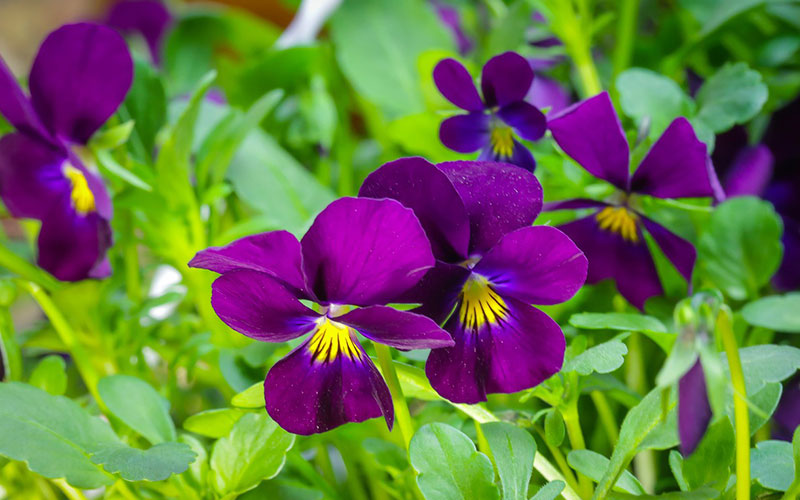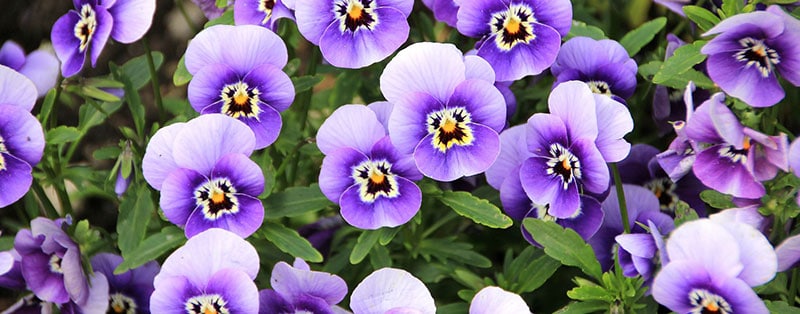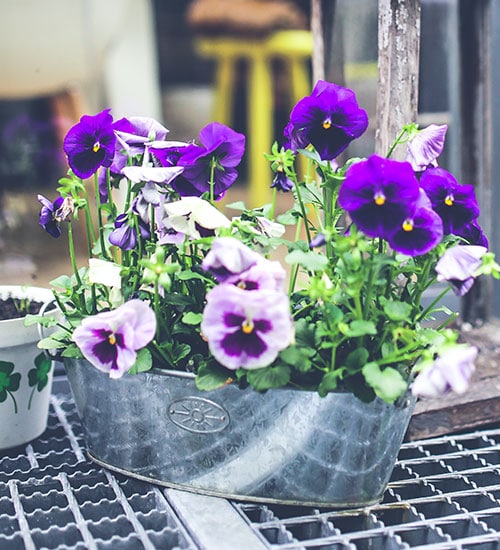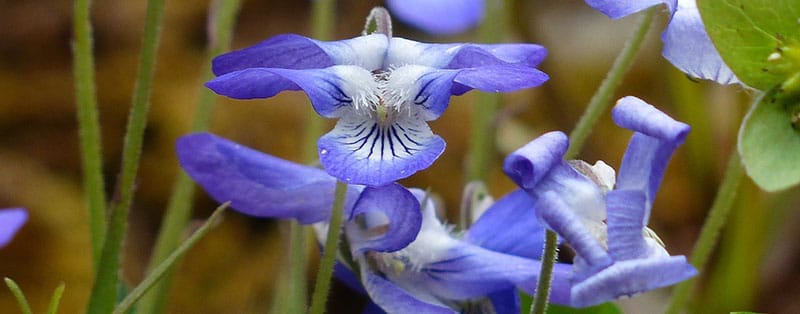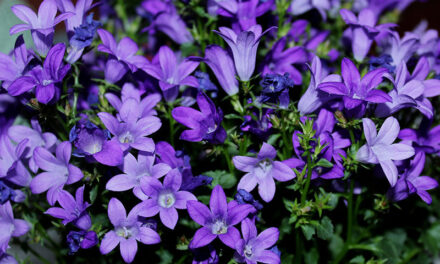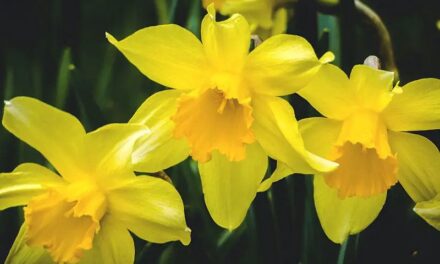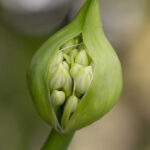There are many varieties of violets. This cheerful, long-blooming flower is a much-loved plant in pots and containers in the garden or on your patio. In this article I tell you everything you want to know about the violets.
Viola plant
Violets come in all kinds of colors. You will usually find them in moist semi-shaded places. The Latin name for the violet is viola. There are up to 400 different species of violets and even more subspecies. They differ in color, scent, shape and pattern of the flower.
There are three types of the drawing, the face of the flower. Namely, the flag, the eye and veins. The flag is the same as a two-color violet. There are also violas with 3 colors. A bicolored violet has 2 colors of petals, usually in light and dark.
The petal at the top then has a different color than the petals at the bottom of the flower. The violet with an eye-drawing is the one with a black center. The flower is then 1 color and has black dots from the center, like a pupil. The veins are a kind of line that runs from the center over the leaf of the flower. These come in different colors. There are also pansies in a pure, single uniform color and pansies with a curled serrated edge.
The size of the flower of the violet is different. For example, there are large-flowered and small-flowered violets. Viola Wittrockiania is an example of a large-flowered violet. The small-flowered violets are slightly more resistant to rain and wind compared to the large-flowered violet. The large-flowered viola, on the other hand, provides more color in your garden.
Violets come in annuals and perennials that come back every year. A perennial violet is the Viola Cornuta. The perennials can be planted in your border. In pots and containers on your patio or balcony, violas look very cozy in the winter.
For the vertical garden, the viola is also a very suitable plant to use. You will immediately have a lot of color in your garden. Read more about the vertical garden in the article Vertical Garden, 4 practical tips.
Winter violas
In winter, violets continue to bloom unabated. When it freezes, they withhold their bloom for a while, only to bloom again at least as abundantly as before. Basically, a winter viola is a violet whose seed was planted later in the year, namely in September. Viola Cornuta, also known as the horned violet or tufted violet, is a suitable viola for winter flowering. Many types of violets can withstand light frosts in the winter and will continue to bloom. In case of prolonged frost, you have less chance of survival.
In addition to the Viola Cornuta, you have an easy alpine violet, which self-seeds and continues to flower. The Sweet violet (Viola Odorata) blooms in late winter.
Violets in summer
Summer violets are planted under glass early in the year, February and March. In a greenhouse, or at home.
Cool Wave Violets are violets that are suitable in a hanging basket, they will grow exuberantly over the edge so that it is no longer visible. A climbing viola, the viola hederacea is a violet that cannot withstand frost and should overwinter indoors. It flowers with small white flowers and a lilac heart. The viola hederacea is also suitable for hanging baskets.
Viola F1 hybrids are a real sun worshiper compared to most violets. With its huge flowers, it comes in many different colors.
Do violas bloom all summer?
Depending on the time of sowing, the violet can bloom well into the summer. In that case, don’t put it in a place that is too warm. The viola does not like that. And give it enough water. There are fewer types of violets that flower in summer than in winter. If you remove the dead flowers from early flowering violet on time, they will flower more abundantly for longer.
Are violets winter hardy?
Yes, most violas will temporarily not bloom during the frost, but after the frost the plant recovers and just continues to bloom profusely.
Violets care
Violets are very easy to care for. They dislike high temperatures and therefore like a spot in the (semi-) shade. When it is warm, they like to have plenty of water. When you remove the spent flowers they will bloom even more abundantly. Because of this bloom, it is advisable to add some extra nutrition to your watering can during or just before the bloom period. Make sure that the water can drain off, or else use hydro grains or pot shards at the bottom of your pot or dish
Buy violets
It is best to go and buy the violets in the store. Any garden center or do-it-yourself store will have a wide selection of violas in a tray. When you buy them, make sure that the plant looks healthy. Check whether the stem is firm, the soil is slightly moist and the leaves and flowers look good. Also check to see if the roots have grown out from under the pot. A little bit is not bad, but if there are too many roots the plant has been standing too long in a small pot. You cannot remove the plant from the pot without damaging the roots.

